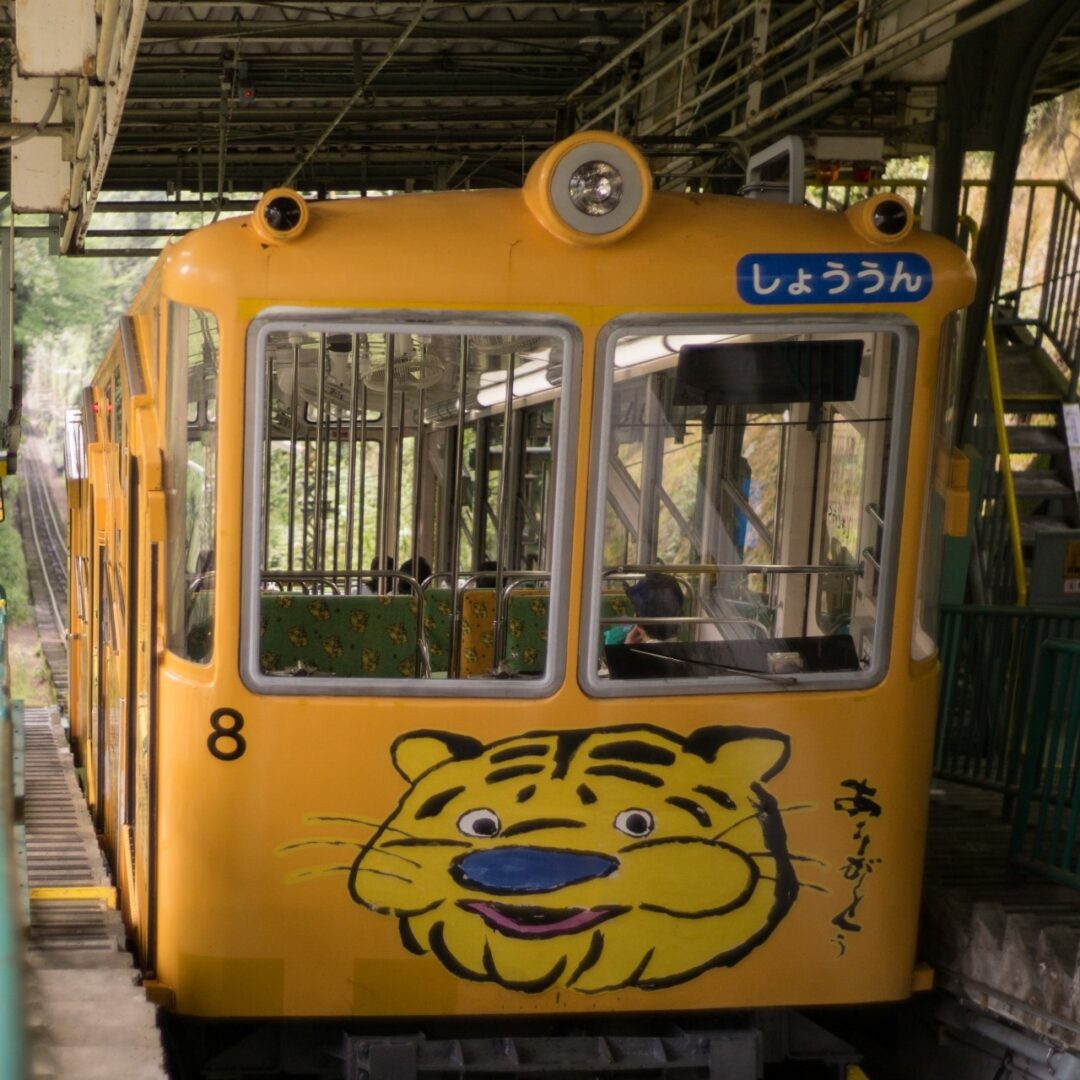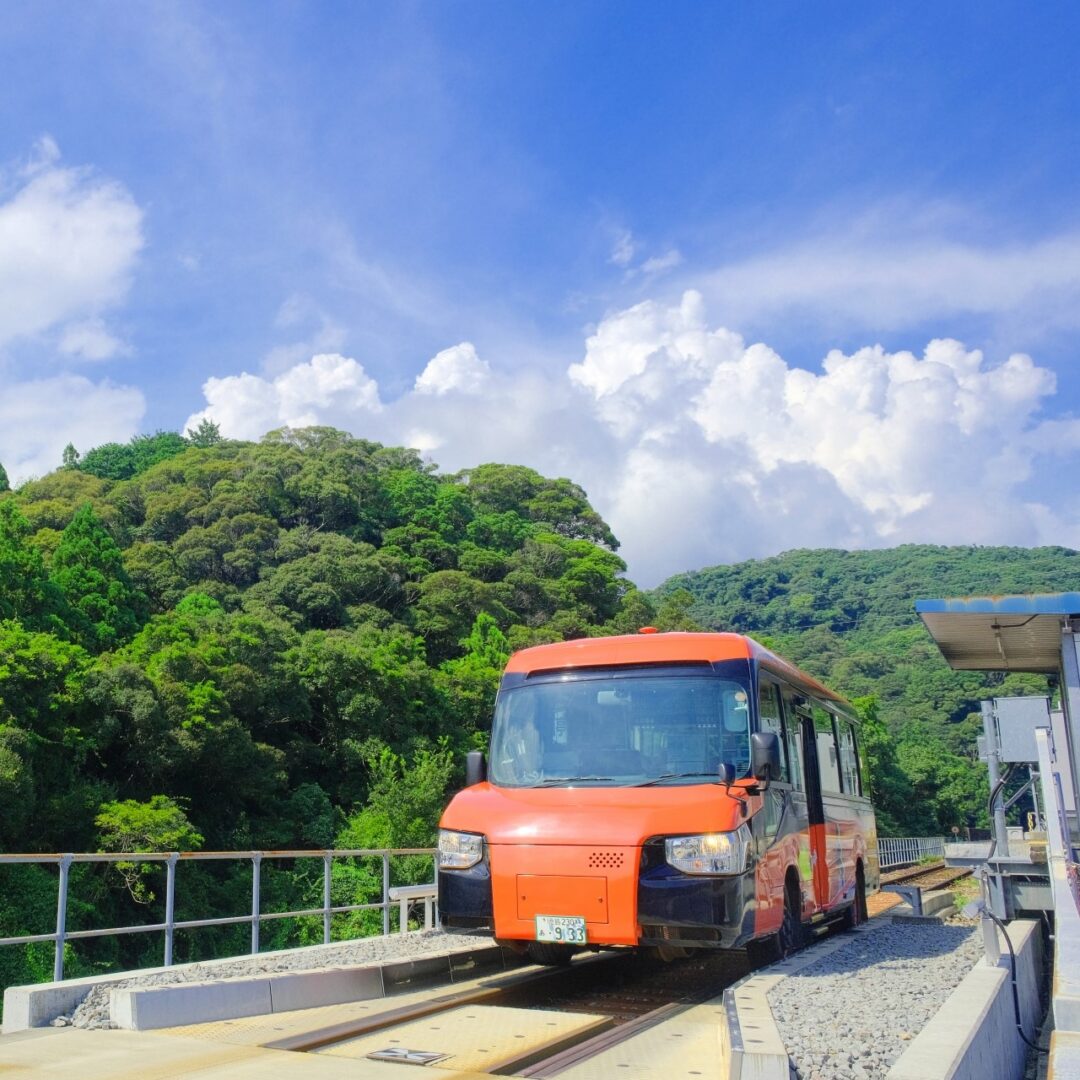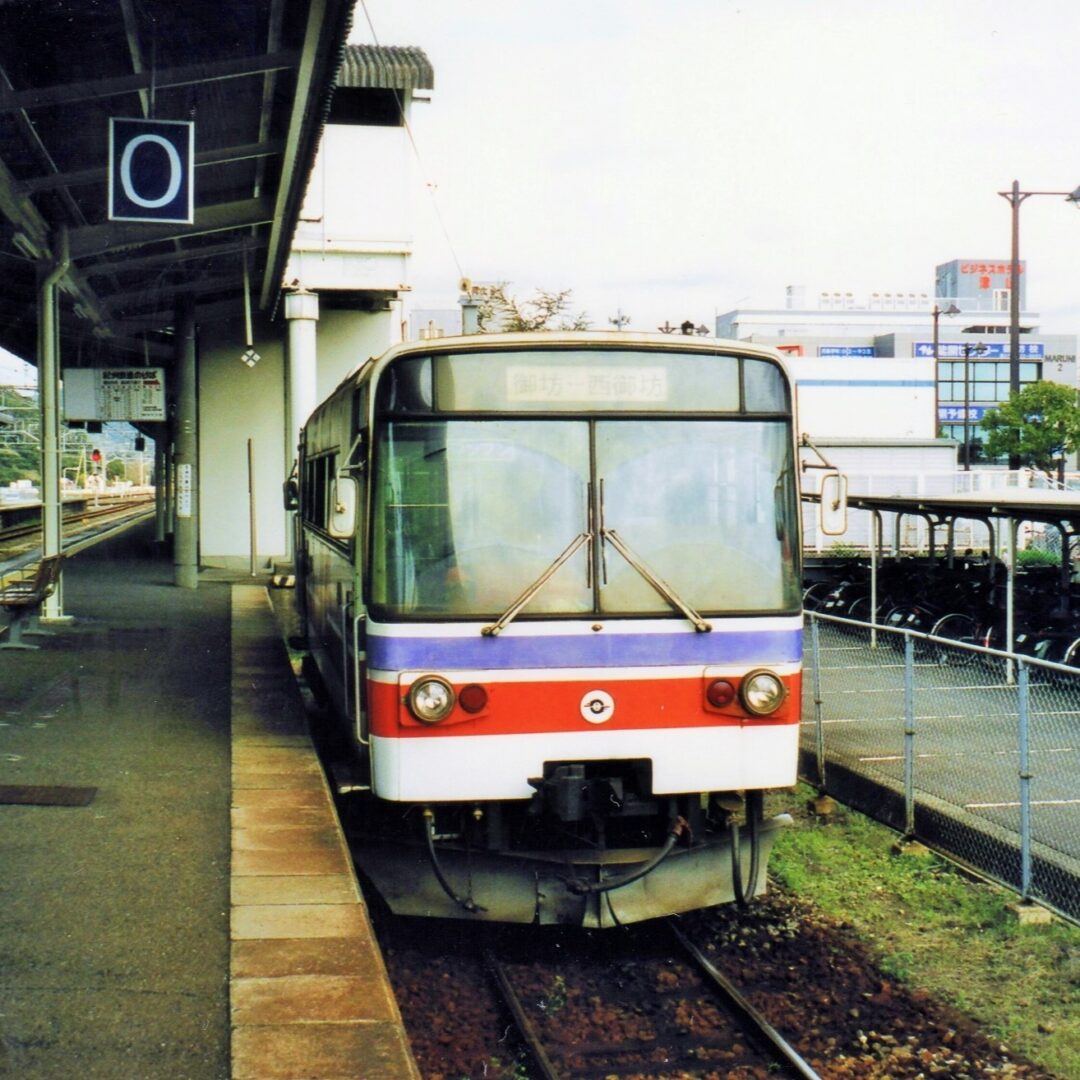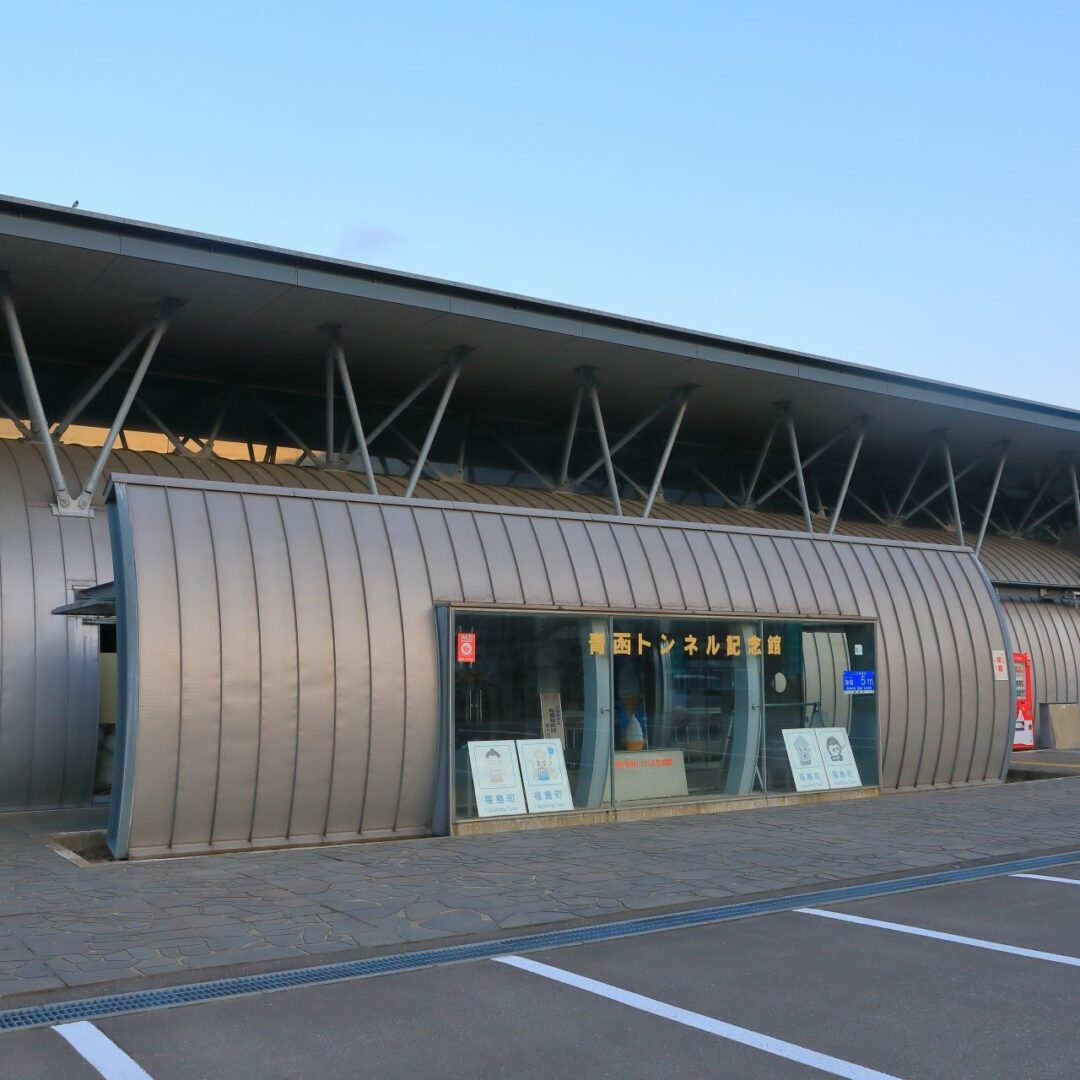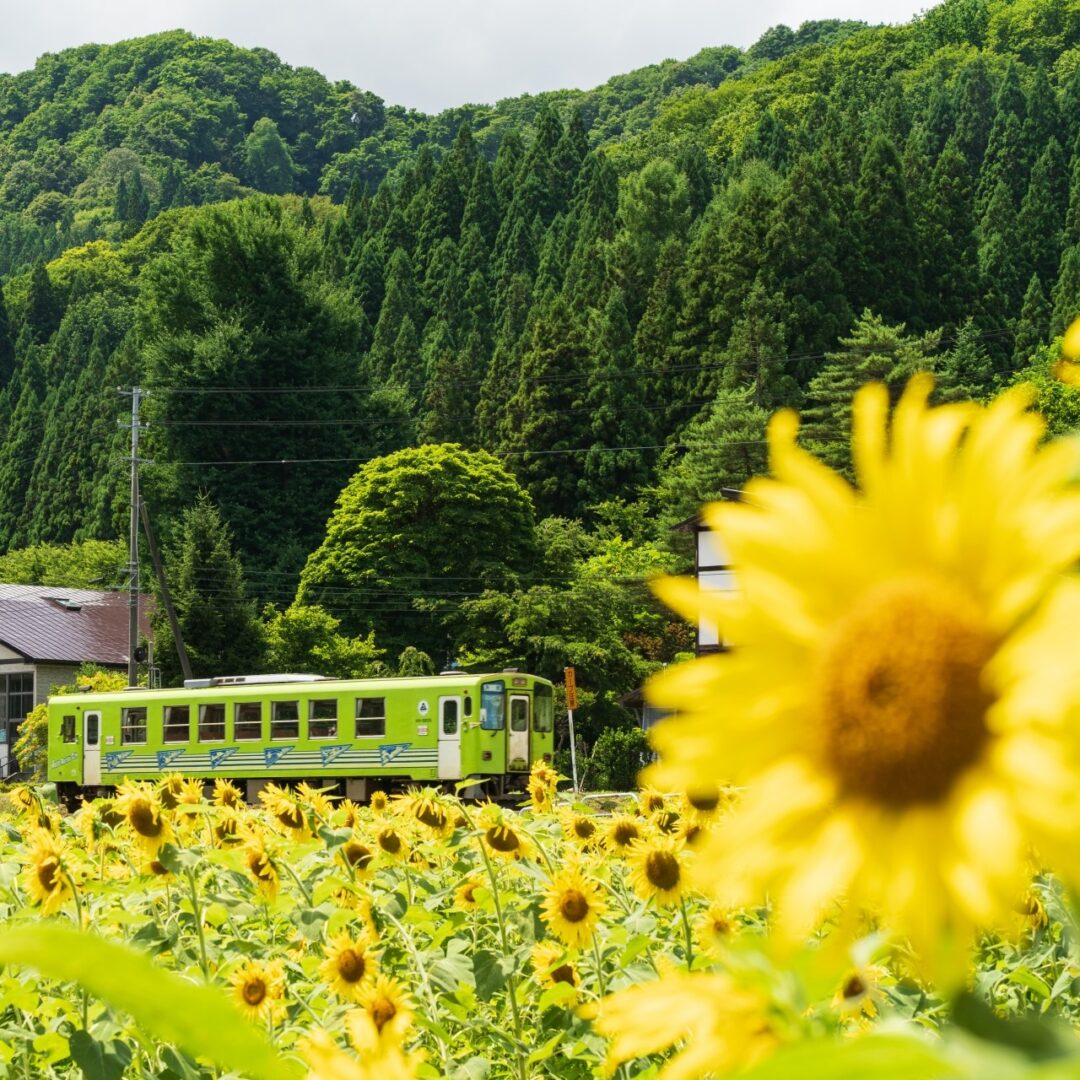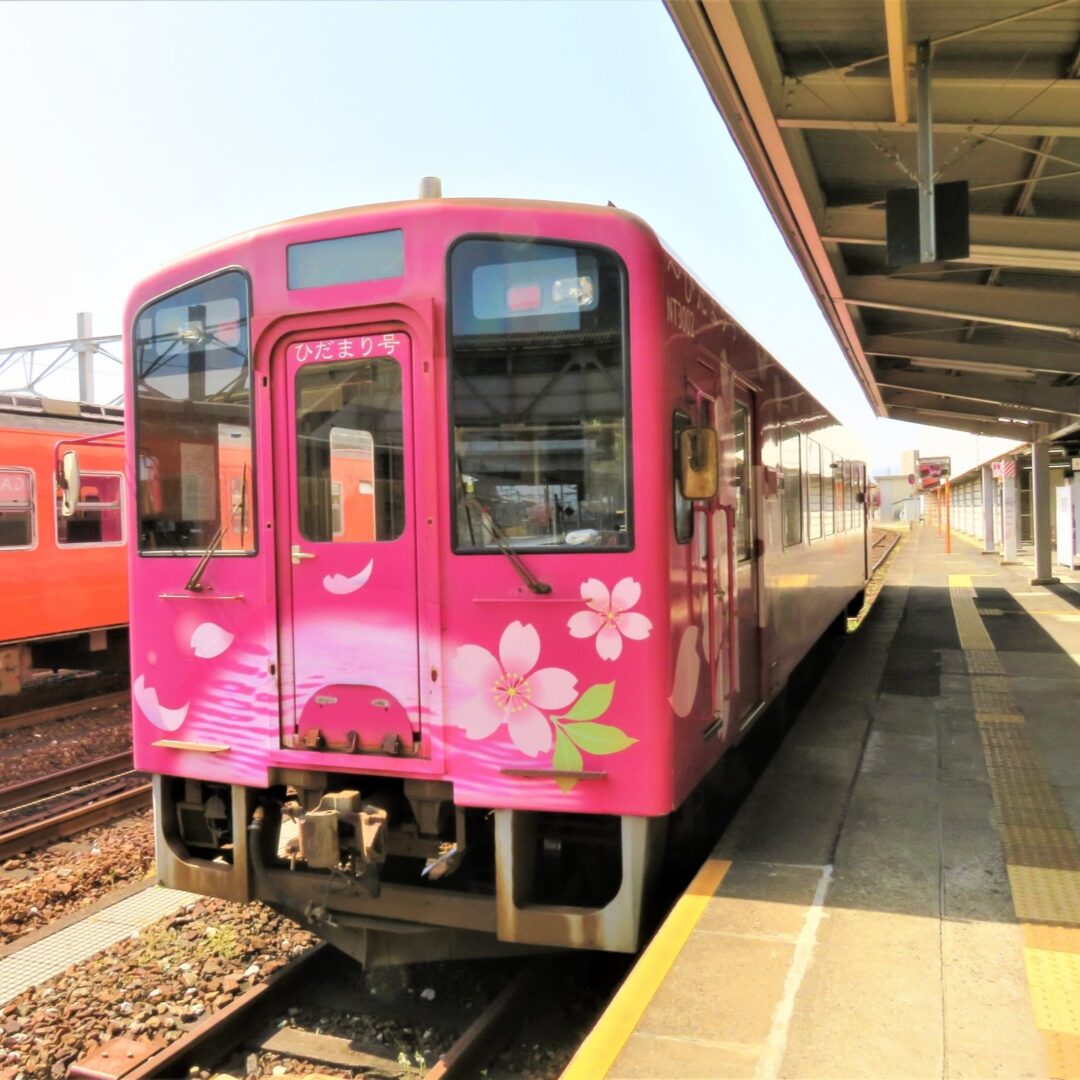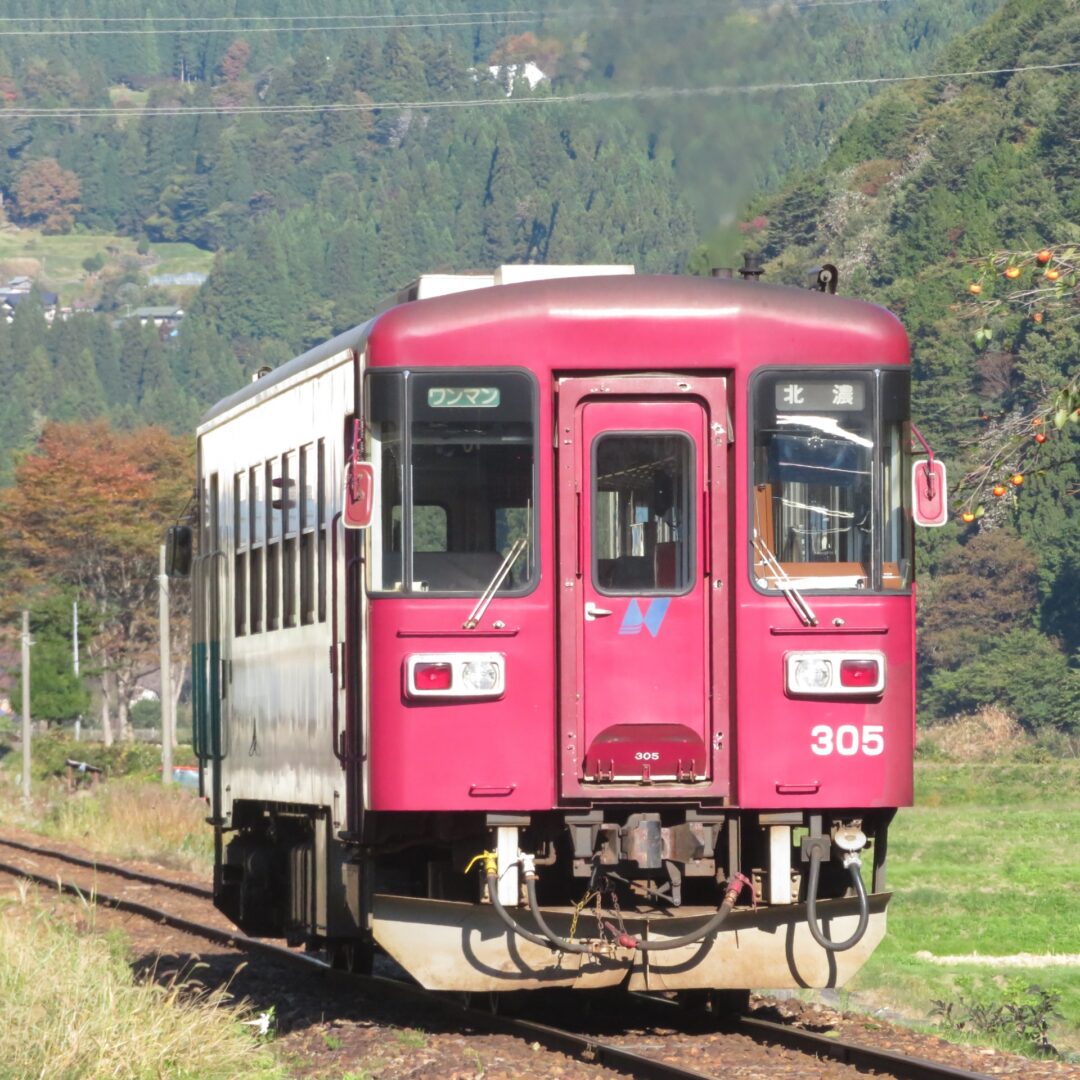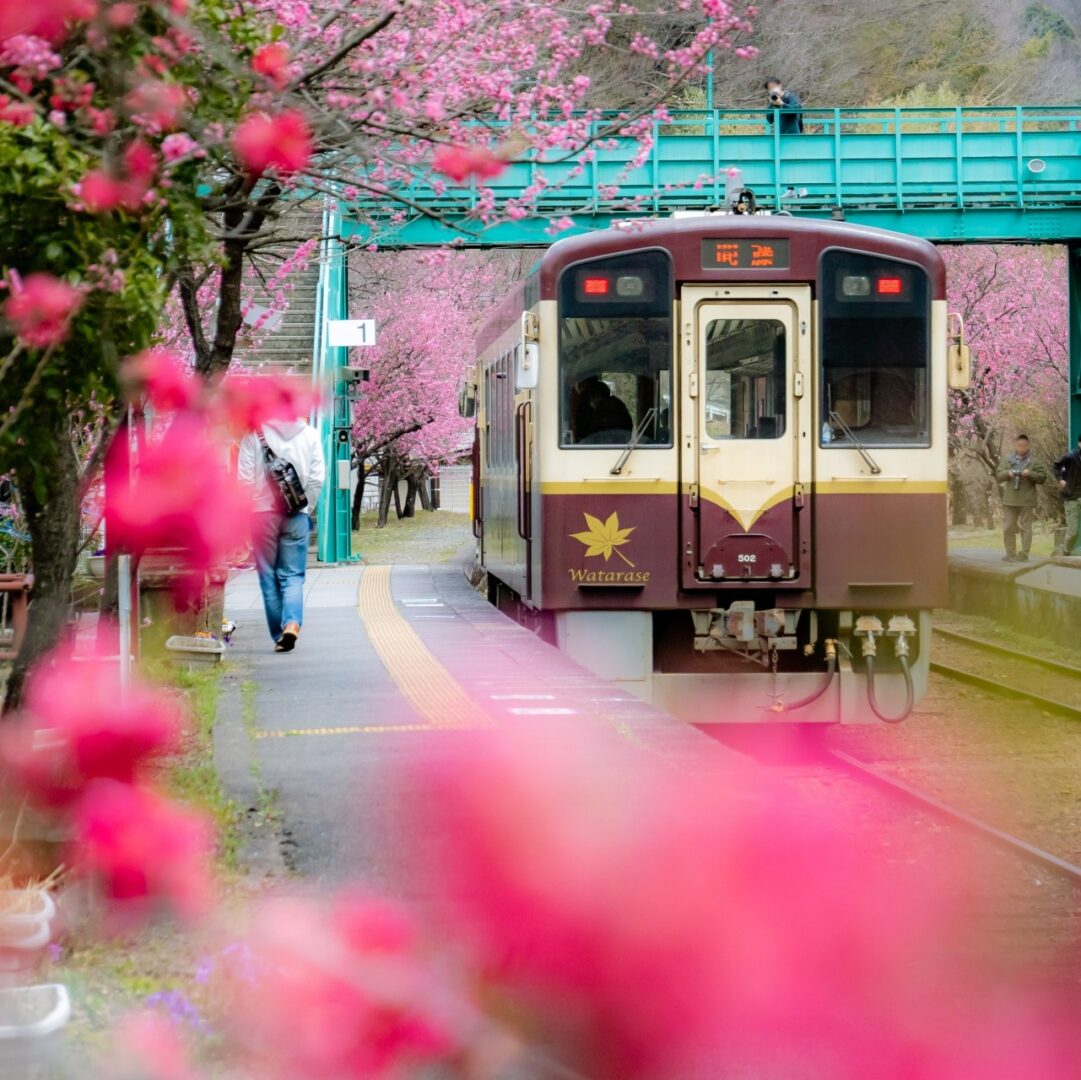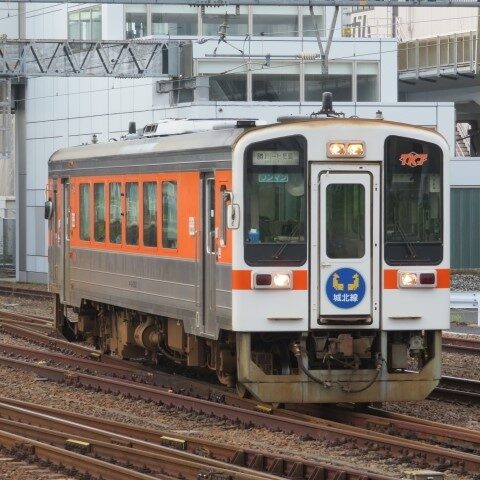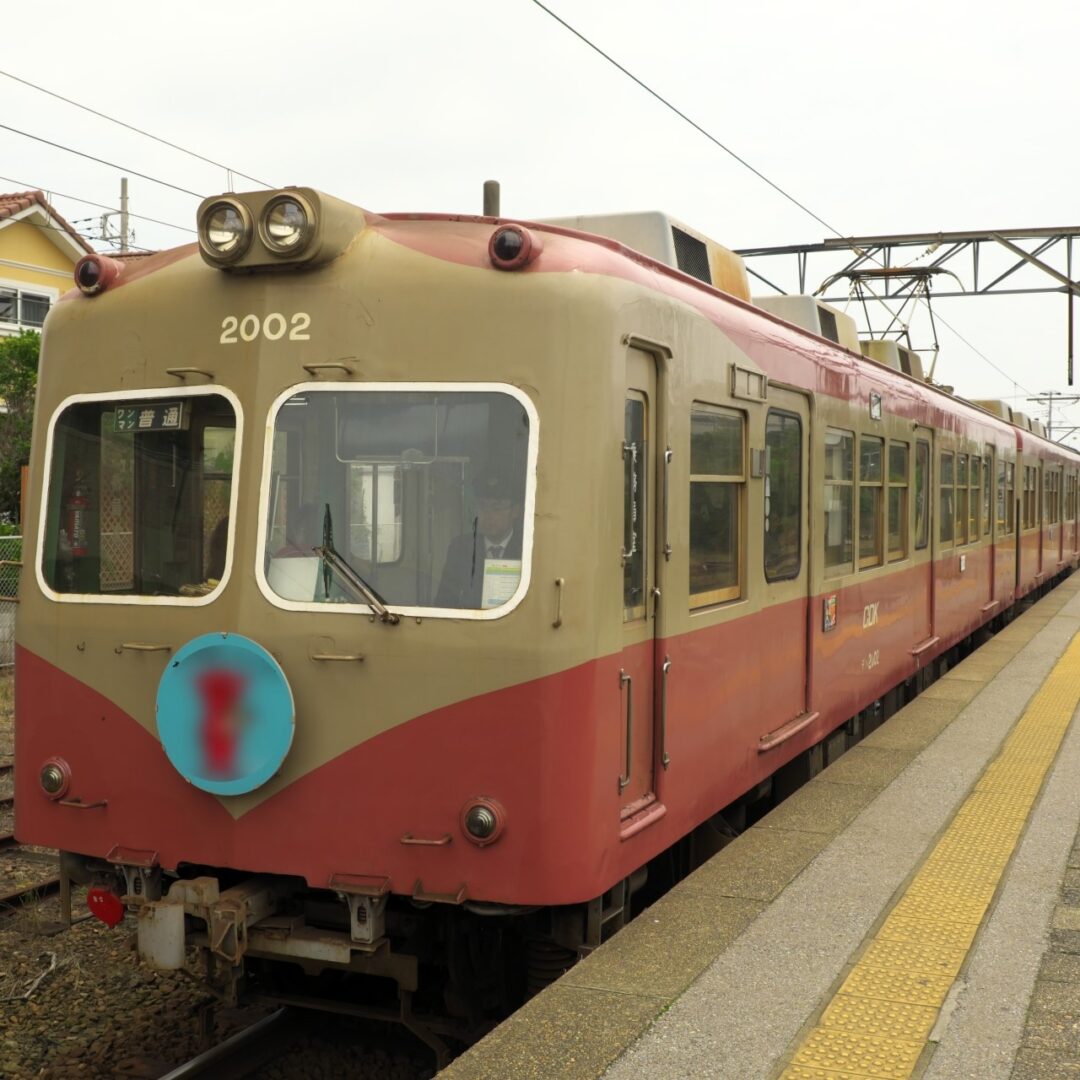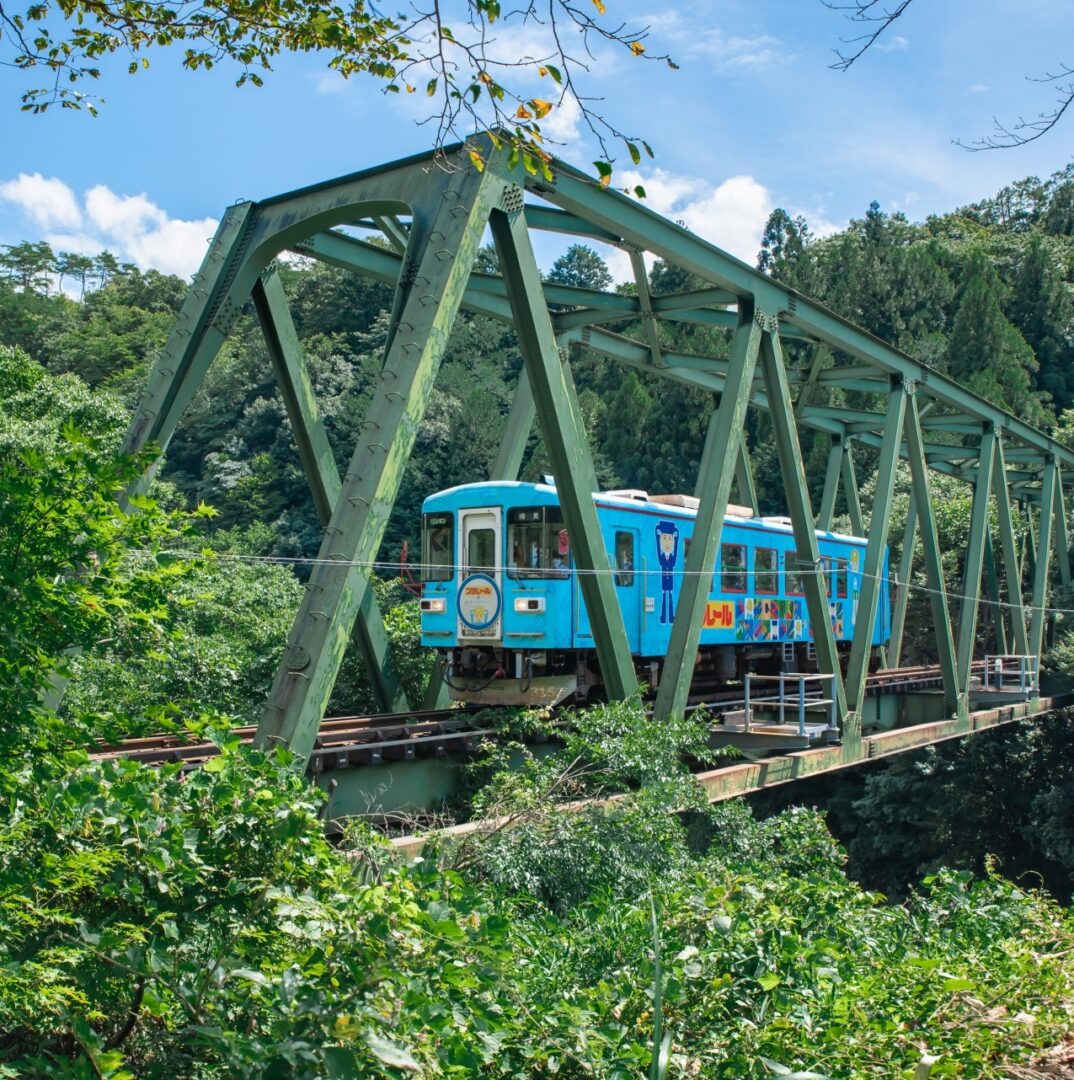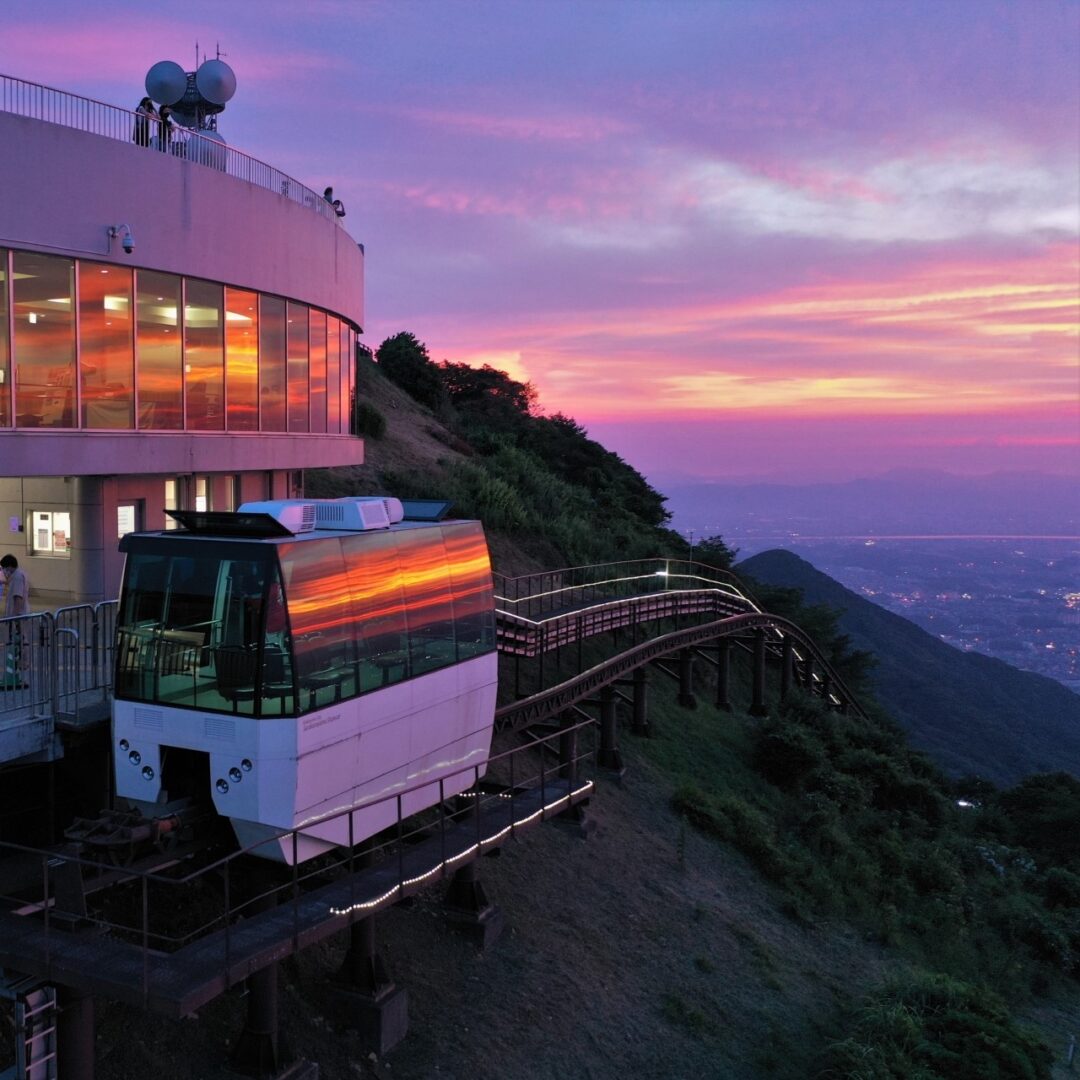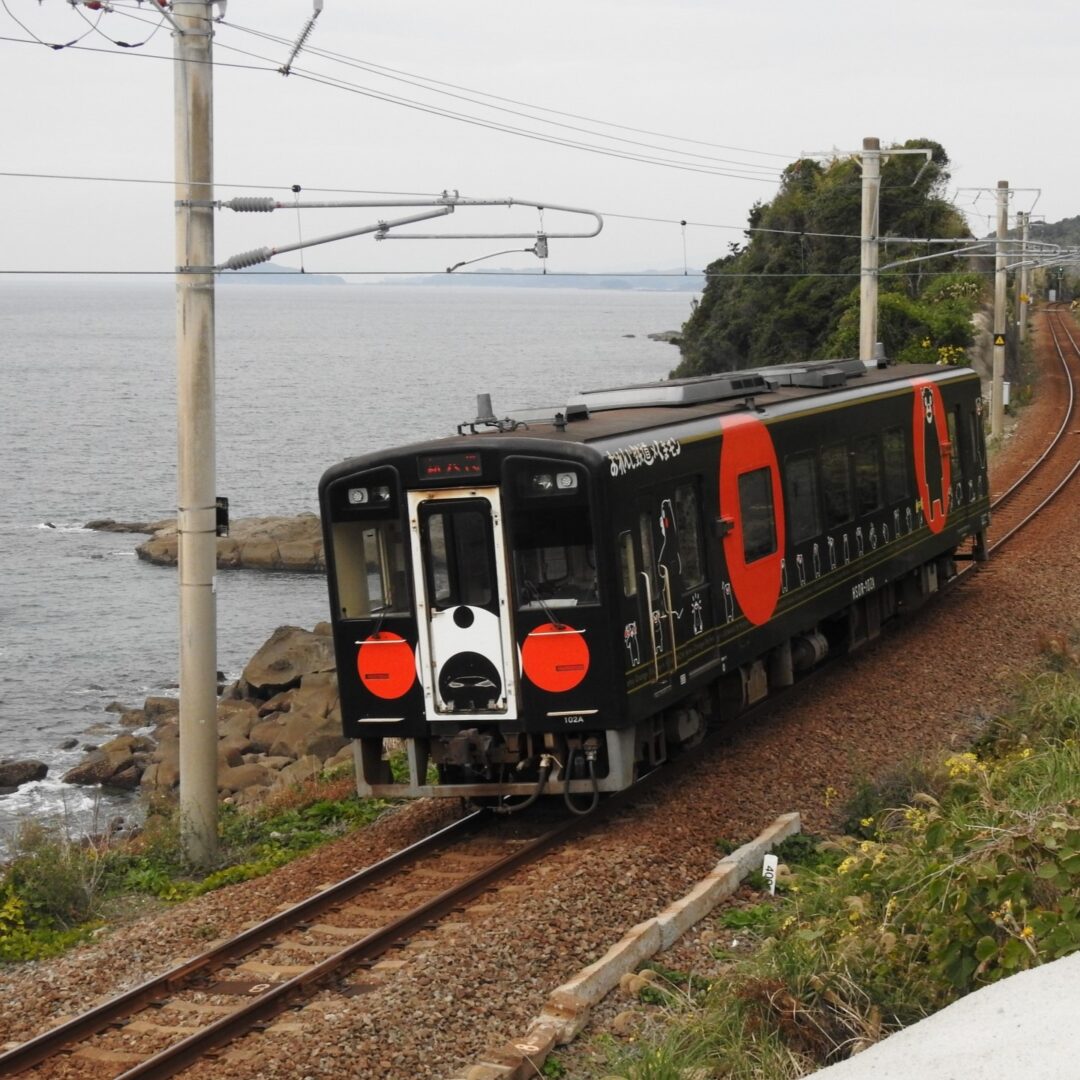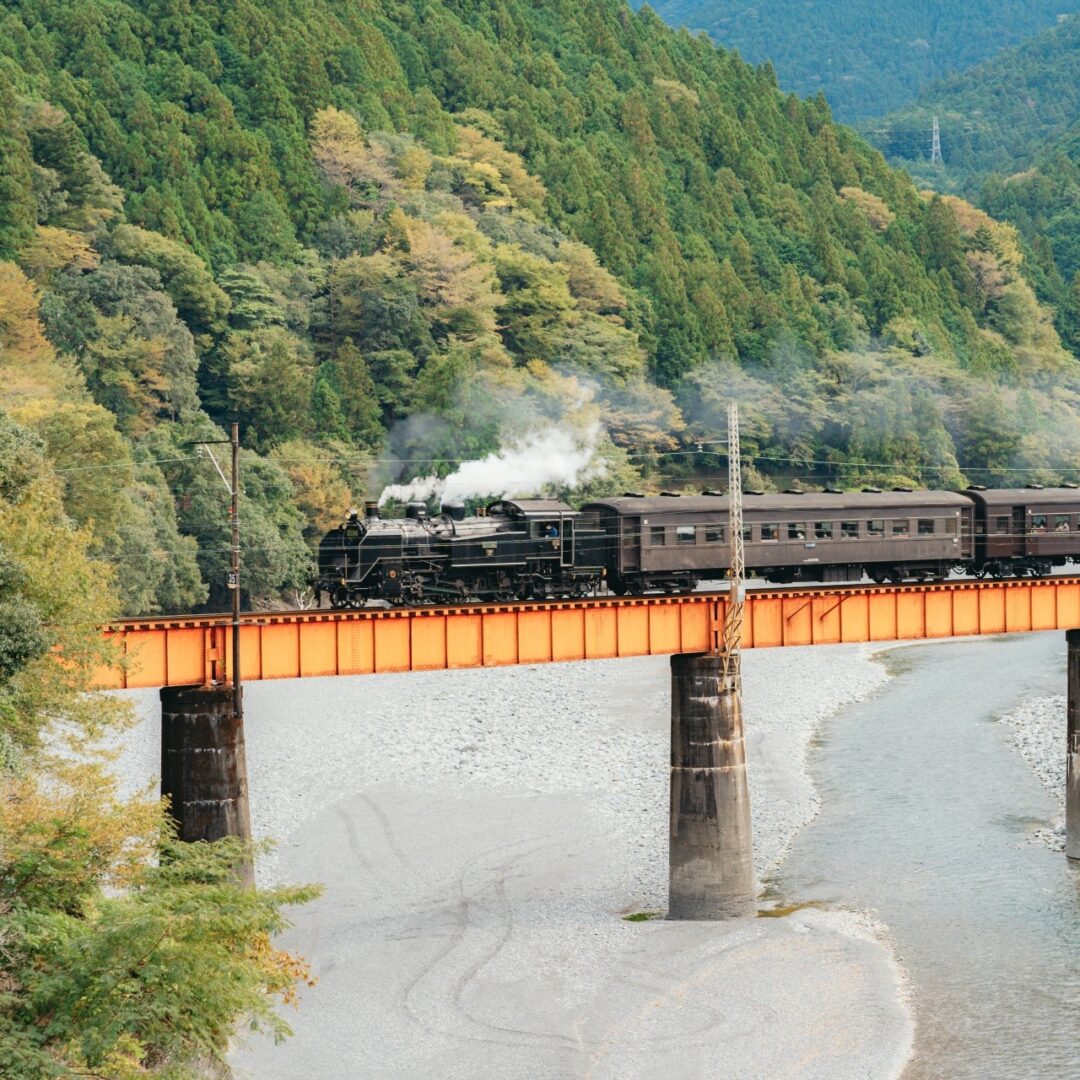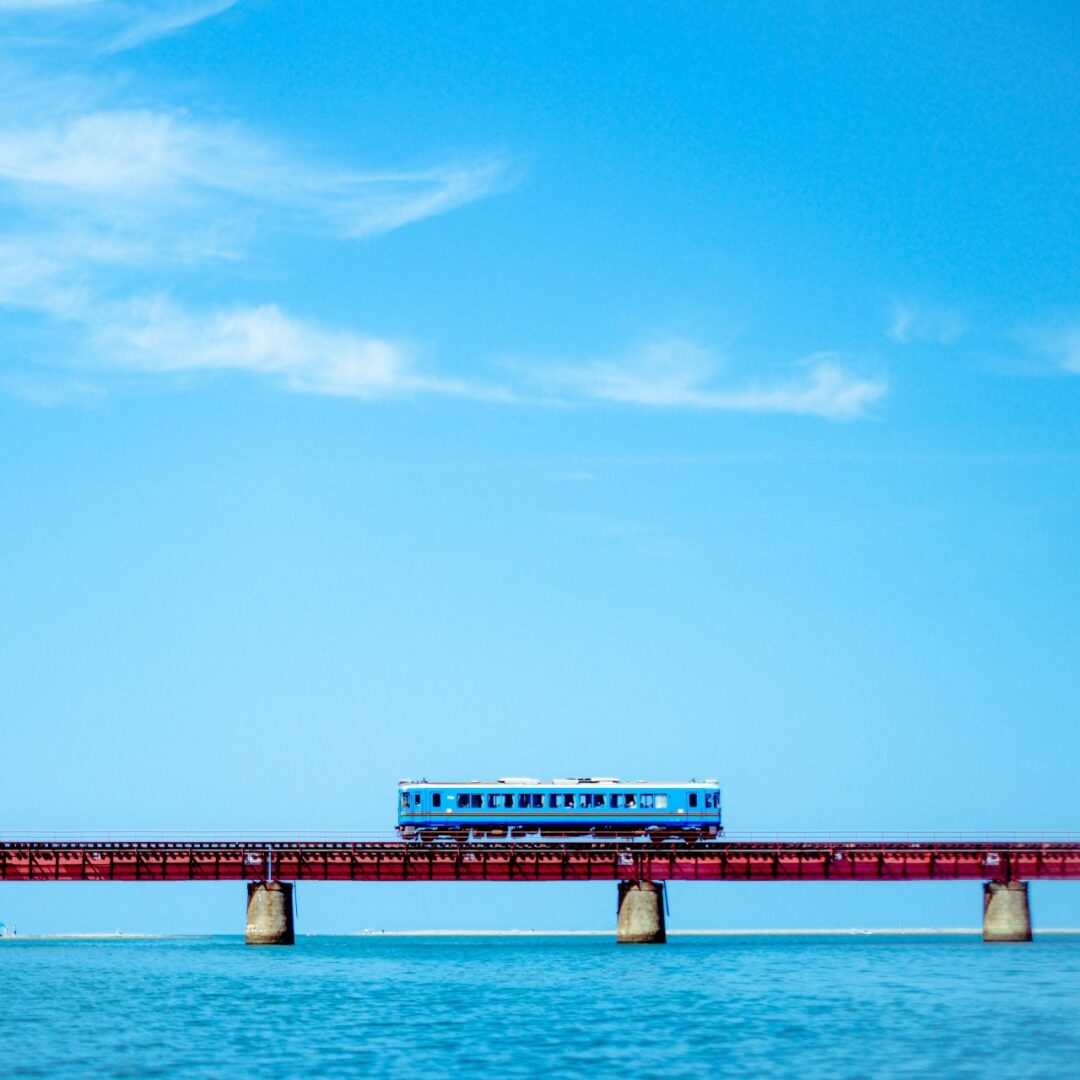
List of local railways with less than 1,000 daily passengers
We have compiled a list of local railways in Japan. This list comprises 45 lines with less than 1,000 passengers per day in the Annual Railway Statistics Report for 2019. Low passenger numbers naturally mean a difficult profit/loss situation: in FY 2019, 33 of the 37 companies with disclosed results, or 89%, were in the red. The 37 companies had a turnover of JPY 18.3 billion and an operating loss of JPY 6.3 billion (operating loss ratio: 34%) in total. Many can be said to be in danger of closure. However, all of these lines are indispensable as a means of transport in rural Japan, and the companies are desperately trying to find a way to keep them running.
Although local railways continue to face a difficult profit and loss situation, they are very valuable for tourists in that they offer beautiful views of the Japanese countryside from the train windows and the possibility of interacting with the local people. Especially for foreign tourists, seeing the beautiful unspoiled landscape of Japan from the train window must be a good memory of their trip to Japan.
In 2019, 31.88 million foreign tourists visited Japan. If 10% of these foreign visitors made even one round trip on the 45 routes listed here, this would represent a significant contribution of 70% of the 9.06 million annual passengers on the 45 routes in total.
According to Booking.com (2022 survey), “64% of global travelers avoid popular tourist destinations and attractions,” and “33% of global travelers want to have a more locally relevant experience.” Riding a local train can satisfy both of these demands. We urge you to consider riding a local train in Japan. You will be sure to see some spectacular scenery. You will also have a heartwarming interaction with the locals who ride local trains.
A list of local railways
1. Minamiaso Railway (Kumamoto Prefecture)
2. Nishi-Shigi Cable Line (Osaka Prefecture)
3. Awa-Muroto Seaside Line (Tokushima & Kochi Prefecture)
4. Kishū Railway Line (Wakayama Prefecture)
5. Seikan Tunnel Tappi Shakō Line (Aomori Prefecture)
6. Akita Nairiku Line (Akita Prefecture)
7. Chōkai Sanroku Line (Akita Prefecture)
8. Nishikigawa Seiryū Line (Yamaguchi Prefecture)
9. Etsumi-Nan Line (Gifu Prefecture)
10. Watarase Keikoku Line (Gunma &Tochigi Prefecture)
11. Nose Electric Railway Myoken Cable (Hyōgo Prefecture)
12. Tsugaru Railway (Aomori Prefecture)
13. Wakasa Line (Tottori Prefecture)
14. Isumi Line (Chiba Prefecture)
15. Yamagata Railway (Yamagata Prefecture)
16. Sanriku Railway (Iwate Prefecture)
17. Izuhakone Railway Jikkoku Cable Line (Shizuoka Prefecture)
18. Kobe City Urban Development (Hyōgo Prefecture)
19. South Hokkaido Railway Company (Hokkaido)
20. Kōnan Railway Ōwani Line (Aomori Prefecture)
21. Akechi Railway (Gifu Prefecture)
22. Shikoku Cable (Kagawa & Tokushima Prefecture)
23. Yagan Railway (Tochigi & Fukushima Prefecture)
24. Tokai Transport Service Company (Aichi Prefecture)
25. Chōshi Electric Railway Line (Chiba Prefecture)
26. Tarumi Railway (Gifu Prefecture)
27. Aizu Line (Fukushima Prefecture)
28. Sarakurayama Cable Car (Fukuoka Prefecture)
29. Hisatsu Orange Railway (Kumamoto & Kagoshima Prefecture)
30. Ōigawa Railway (Shizuoka Prefecture)
1. Minamiaso Railway (Kumamoto Prefecture)
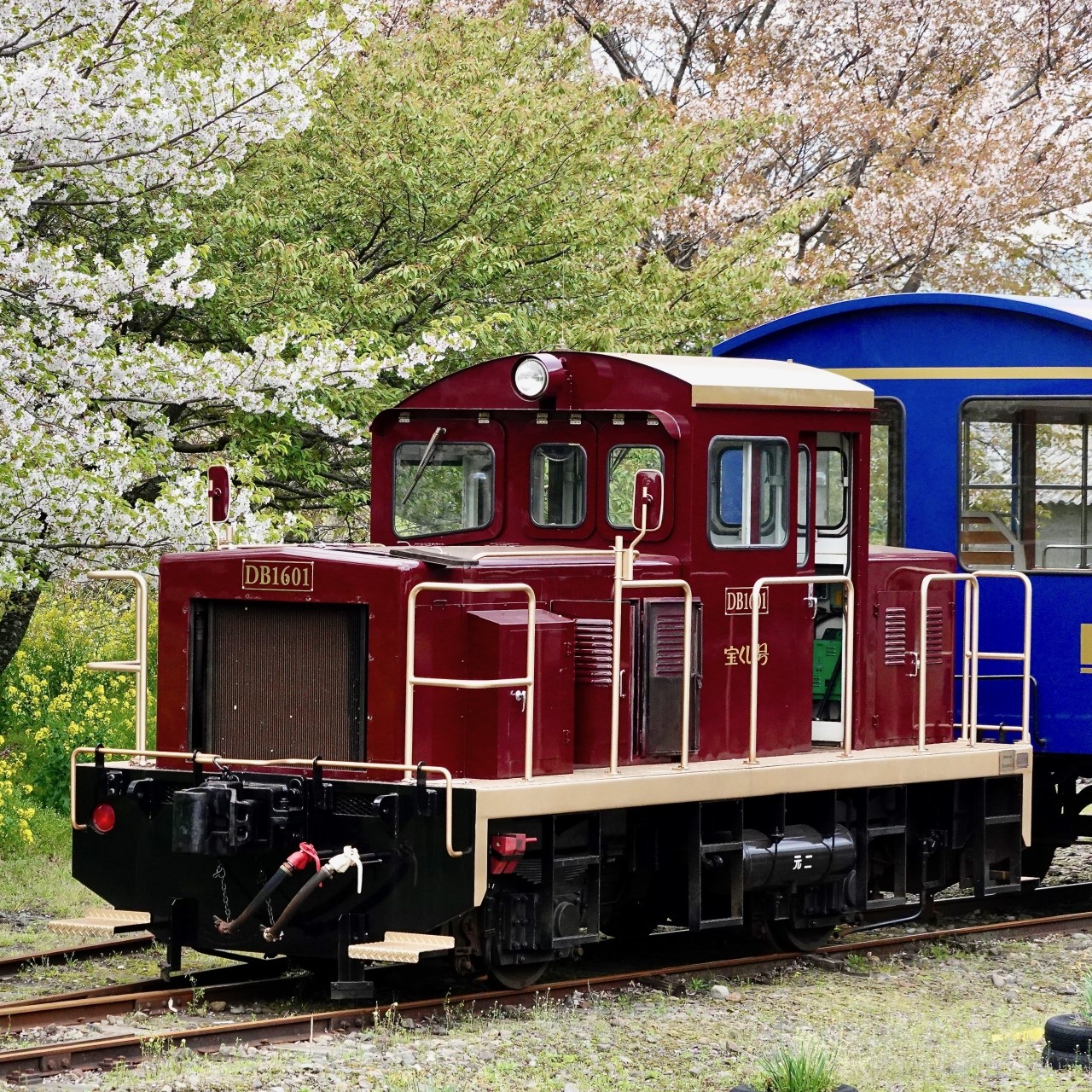
0px; overflow: hidden; line-height: 0;" class="mce_SELRES_start"> 












11. Nose Electric Railway Myoken Cable (Hyōgo Prefecture)

12. Tsugaru Railway (Aomori Prefecture)
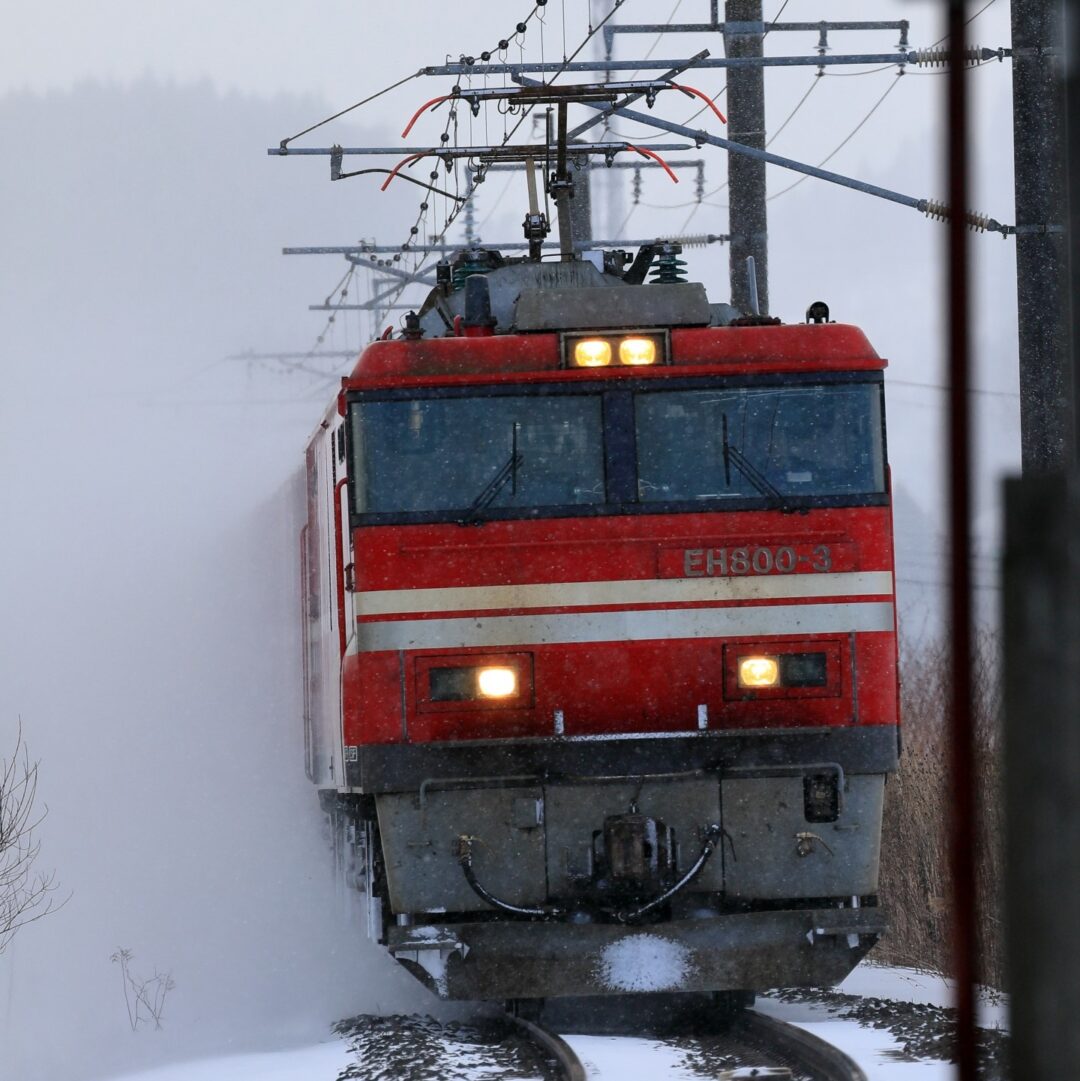
13. Wakasa Line (Tottori Prefecture)
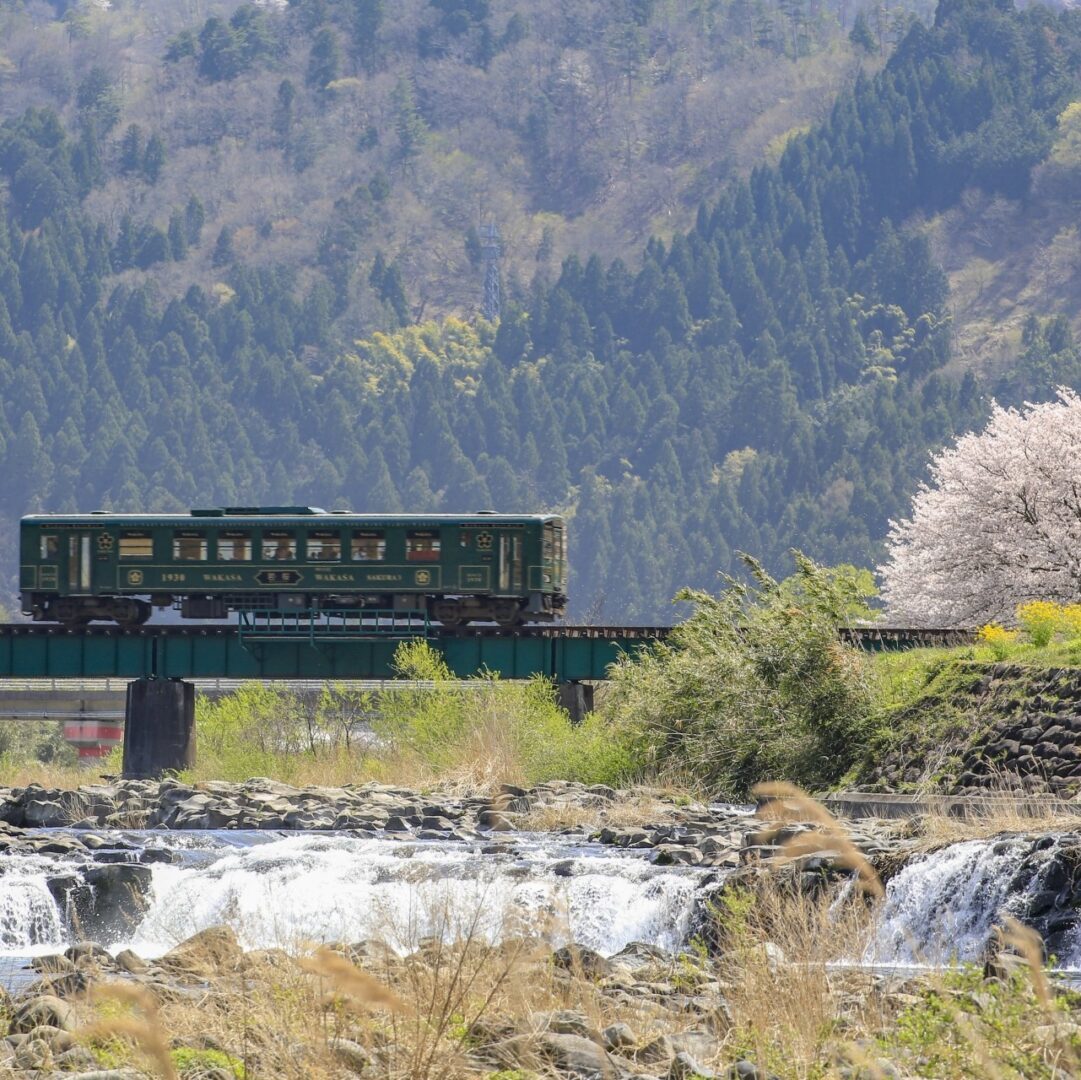
14. Isumi Line (Chiba Prefecture)
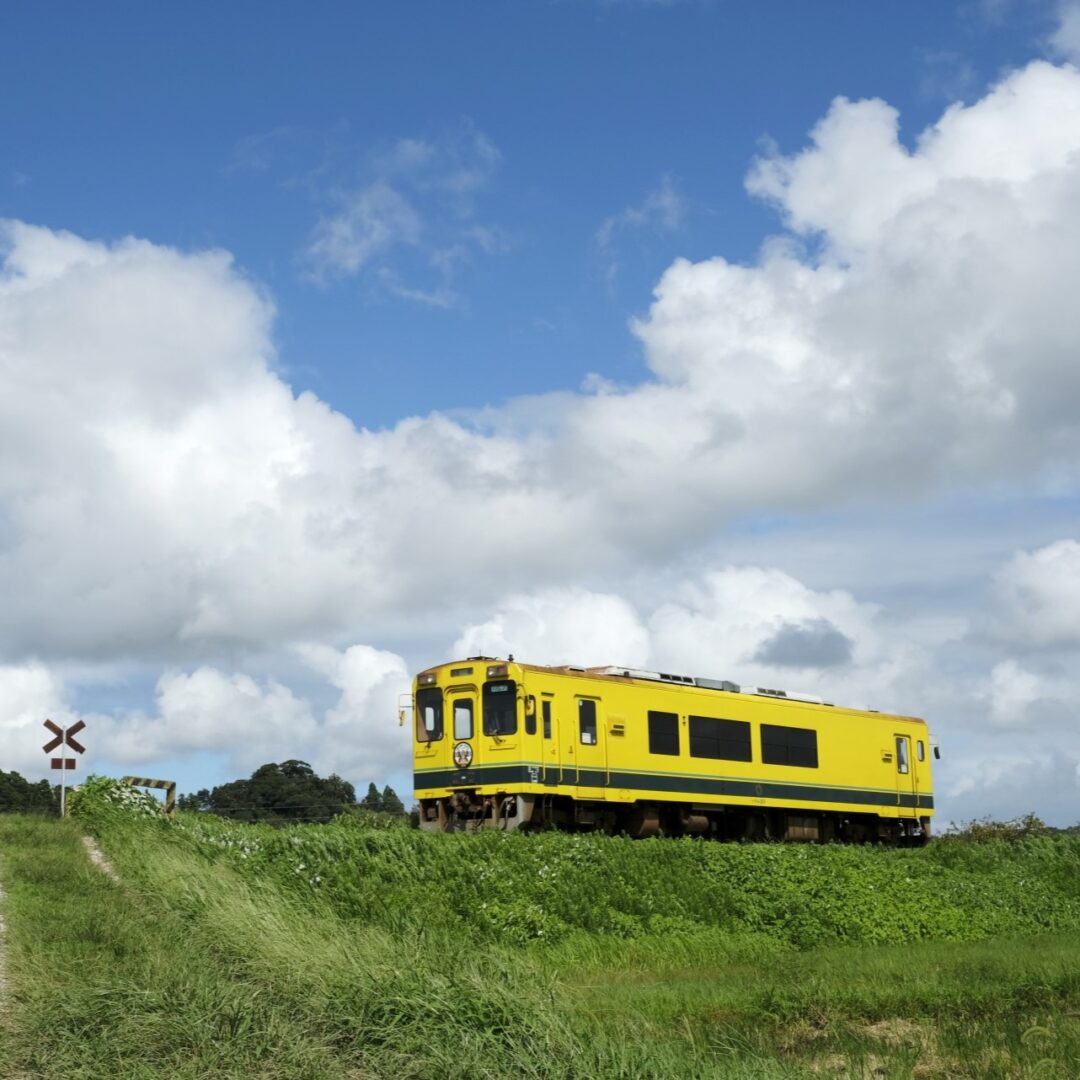
15. Yamagata Railway (Yamagata Prefecture)
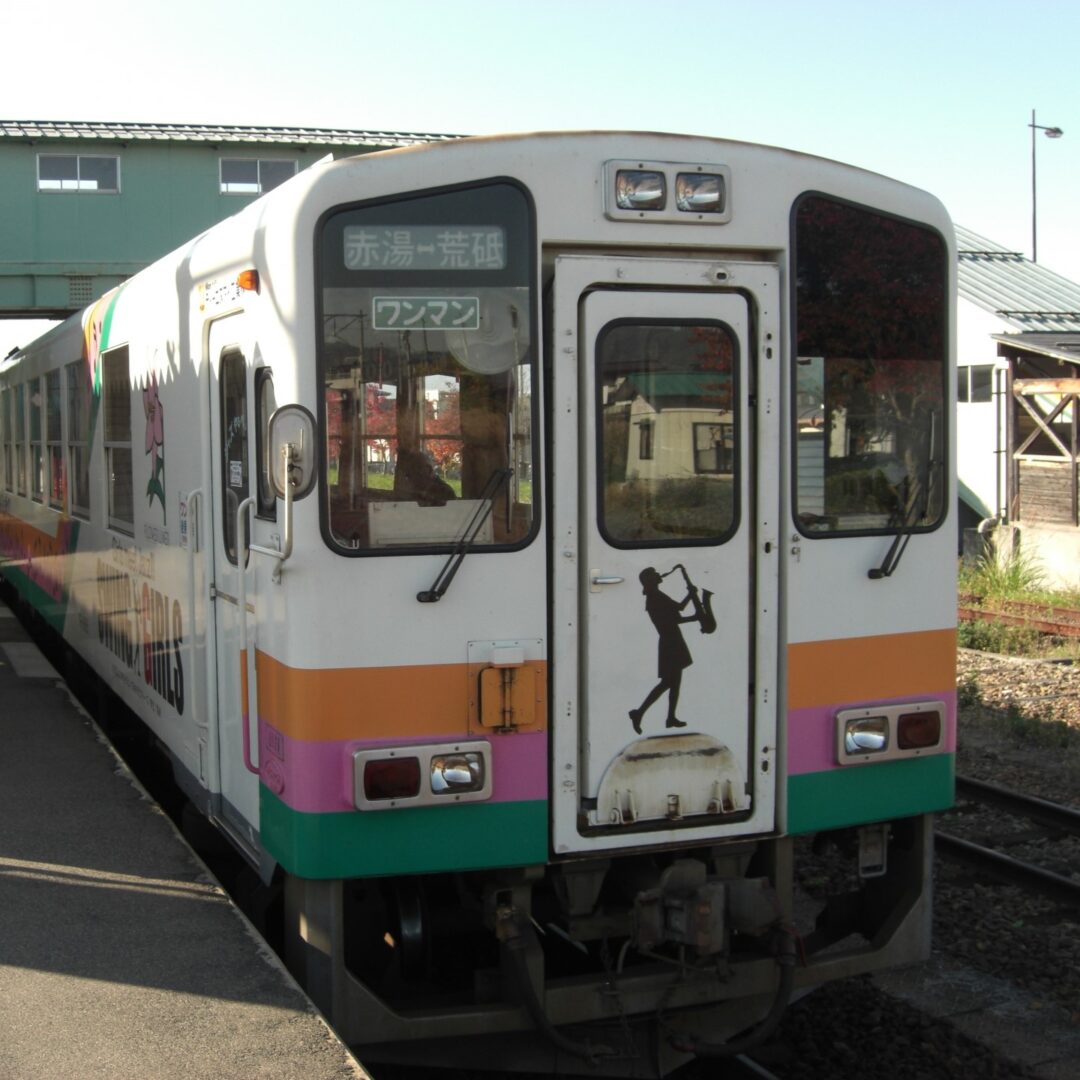
16. Sanriku Railway (Iwate Prefecture)
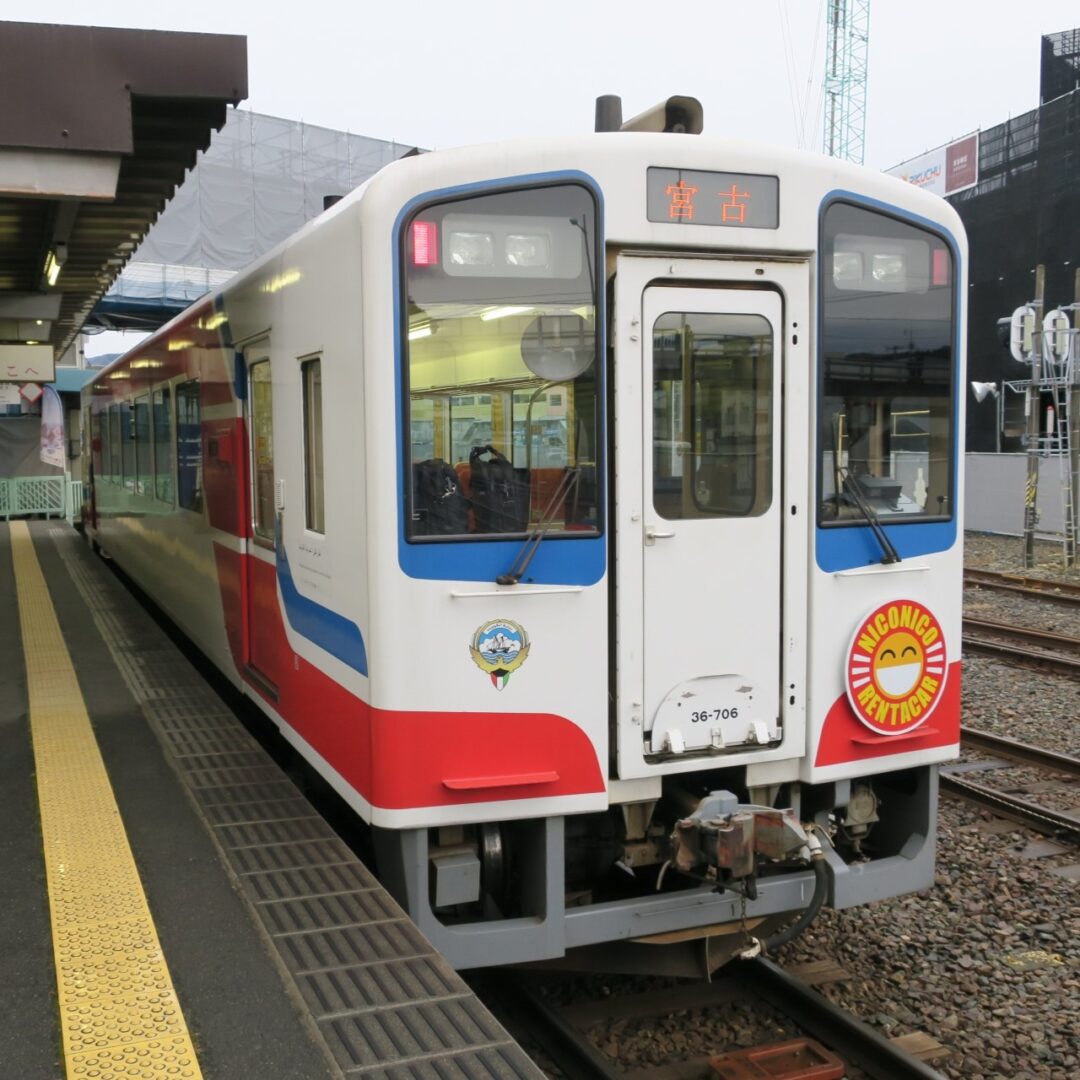
17. Izuhakone Railway Jikkoku Cable Line (Shizuoka Prefecture)
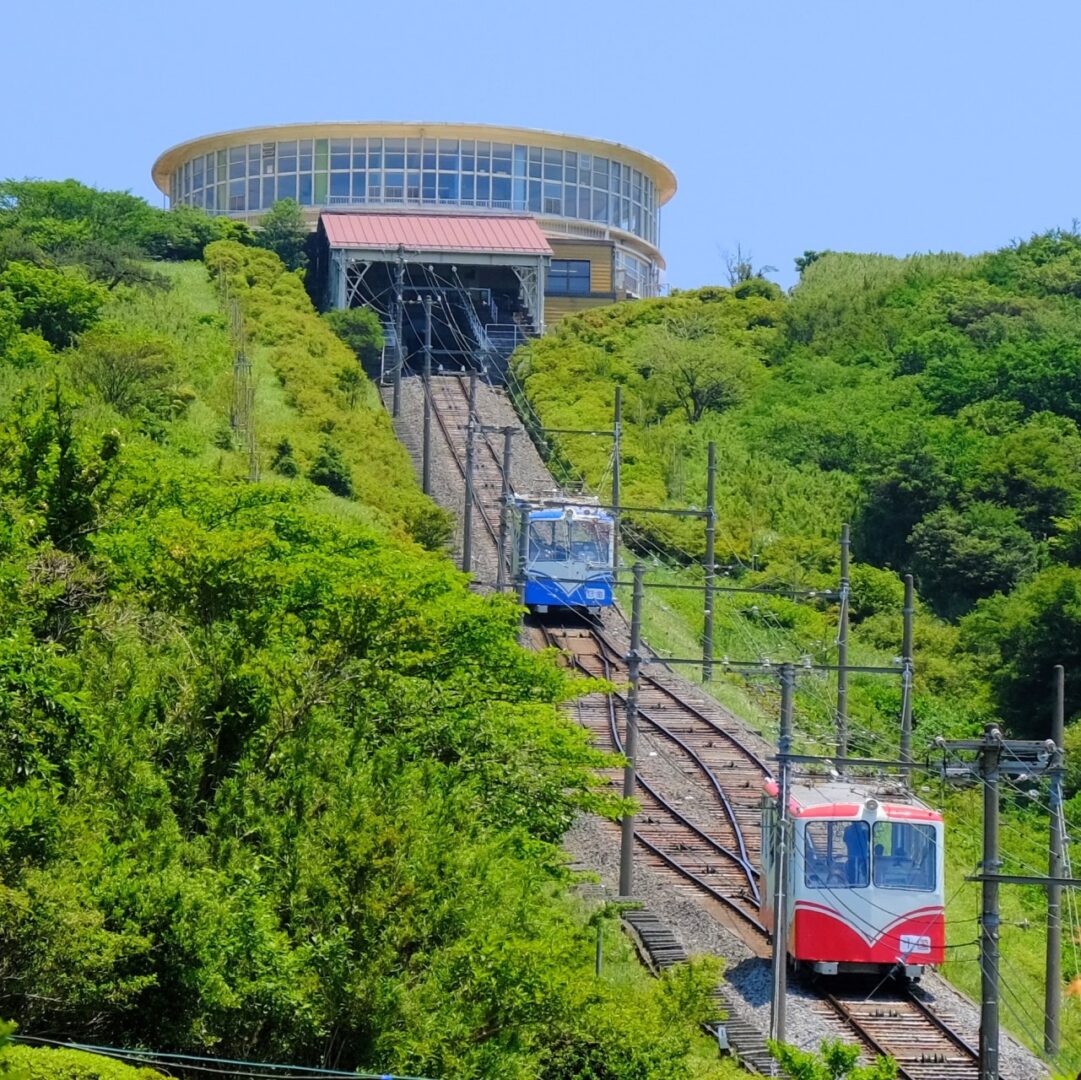
18. Kobe City Urban Development (Hyōgo Prefecture)
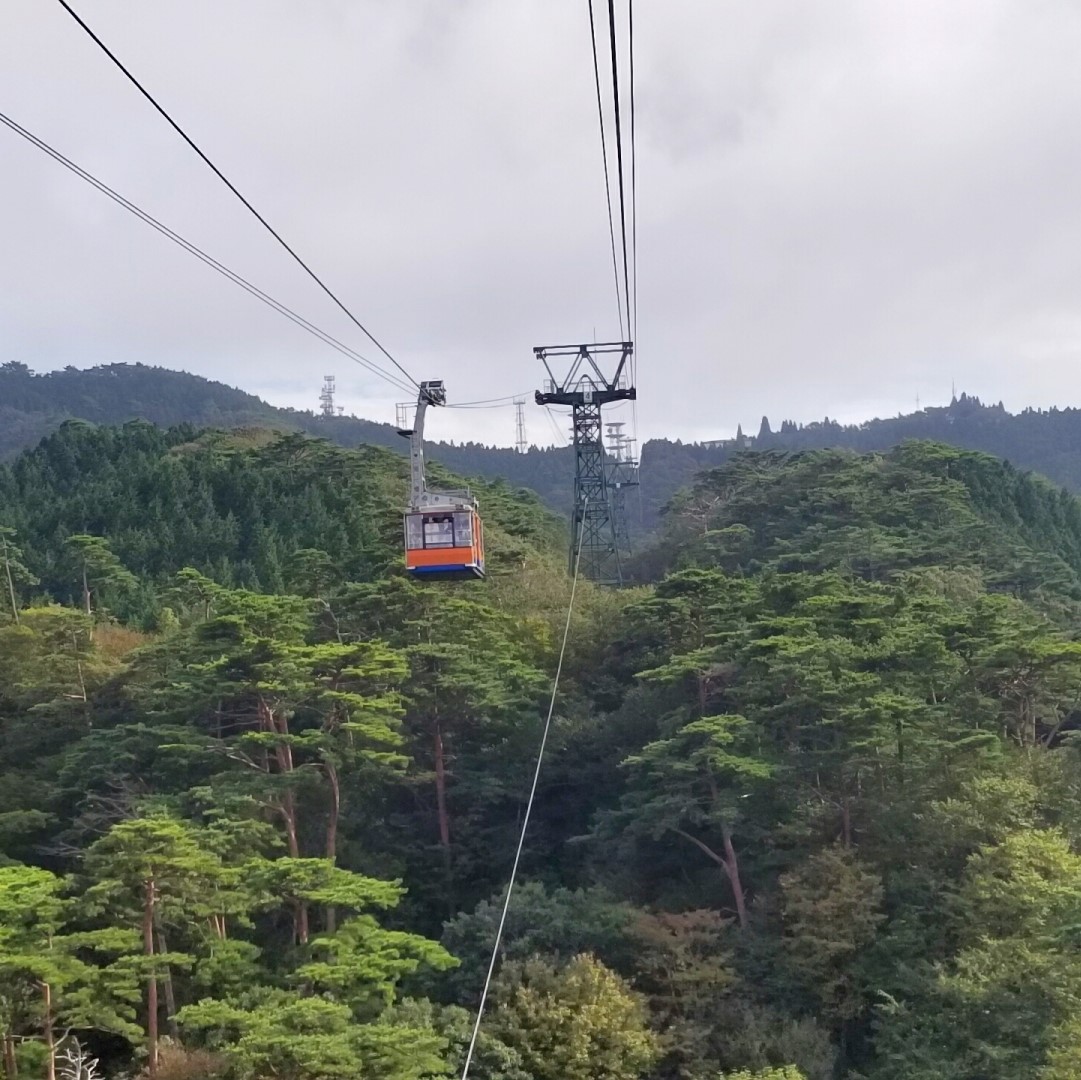
19. South Hokkaido Railway Company (Hokkaido)
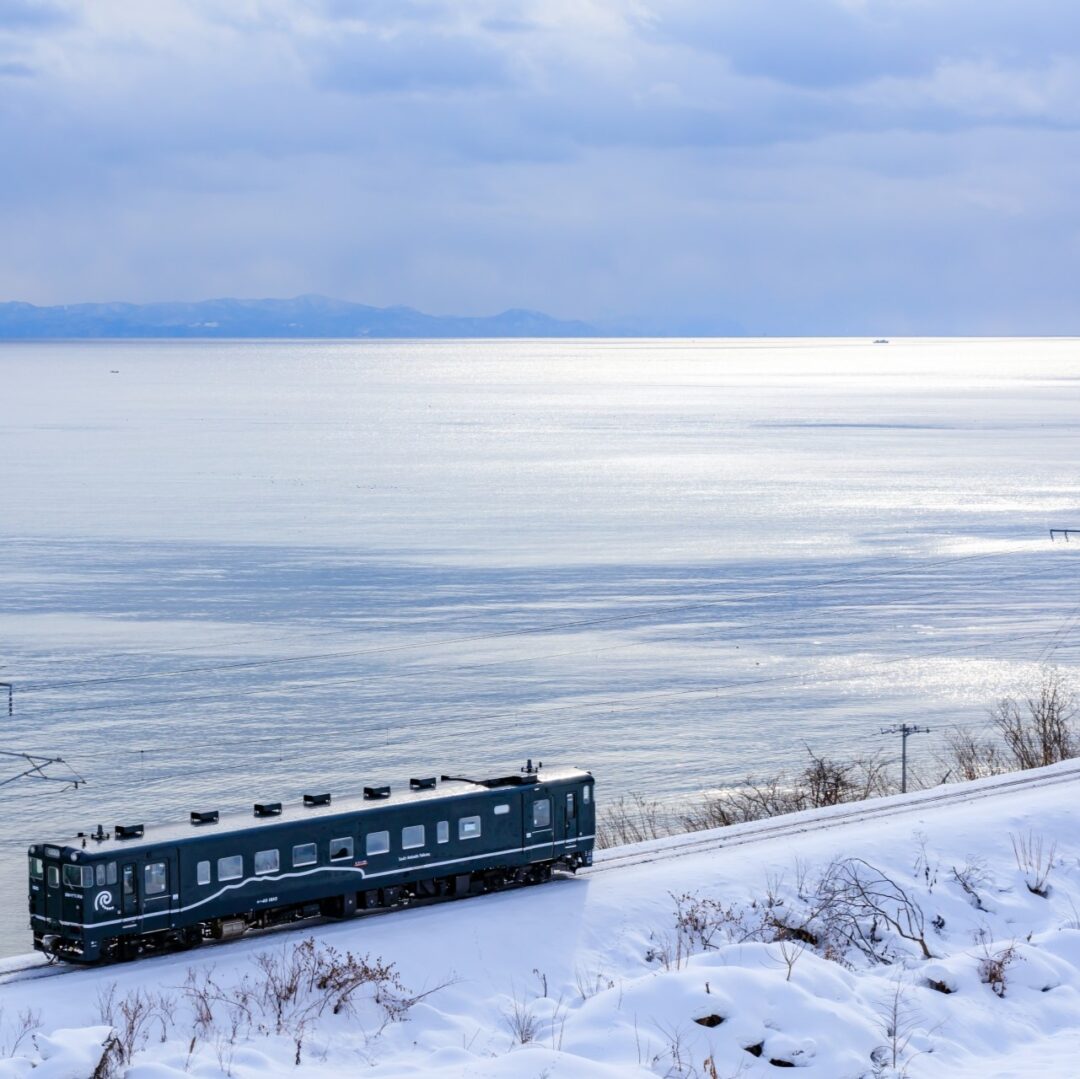
20. Kōnan Railway Ōwani Line (Aomori Prefecture)
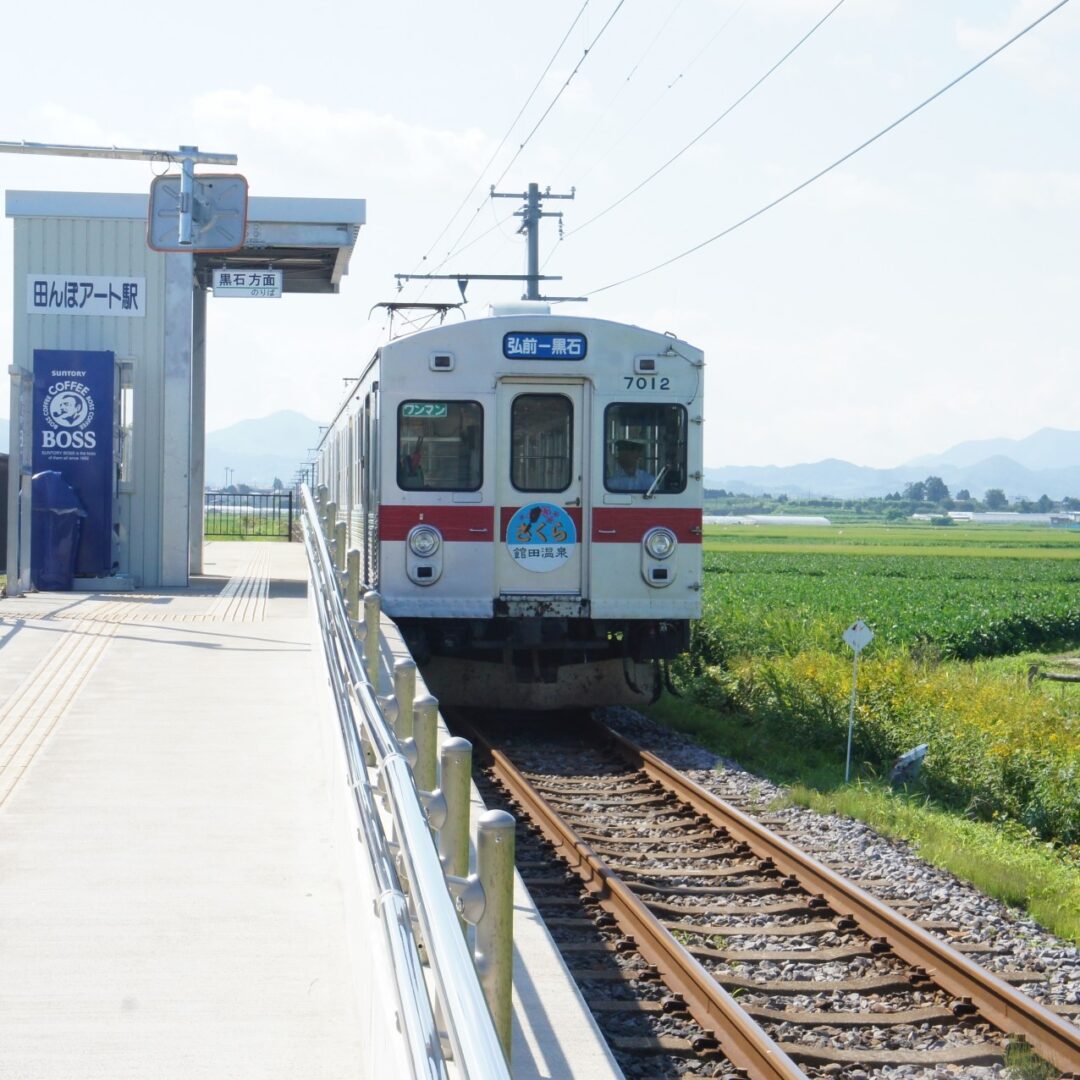
21. Akechi Railway (Gifu Prefecture)
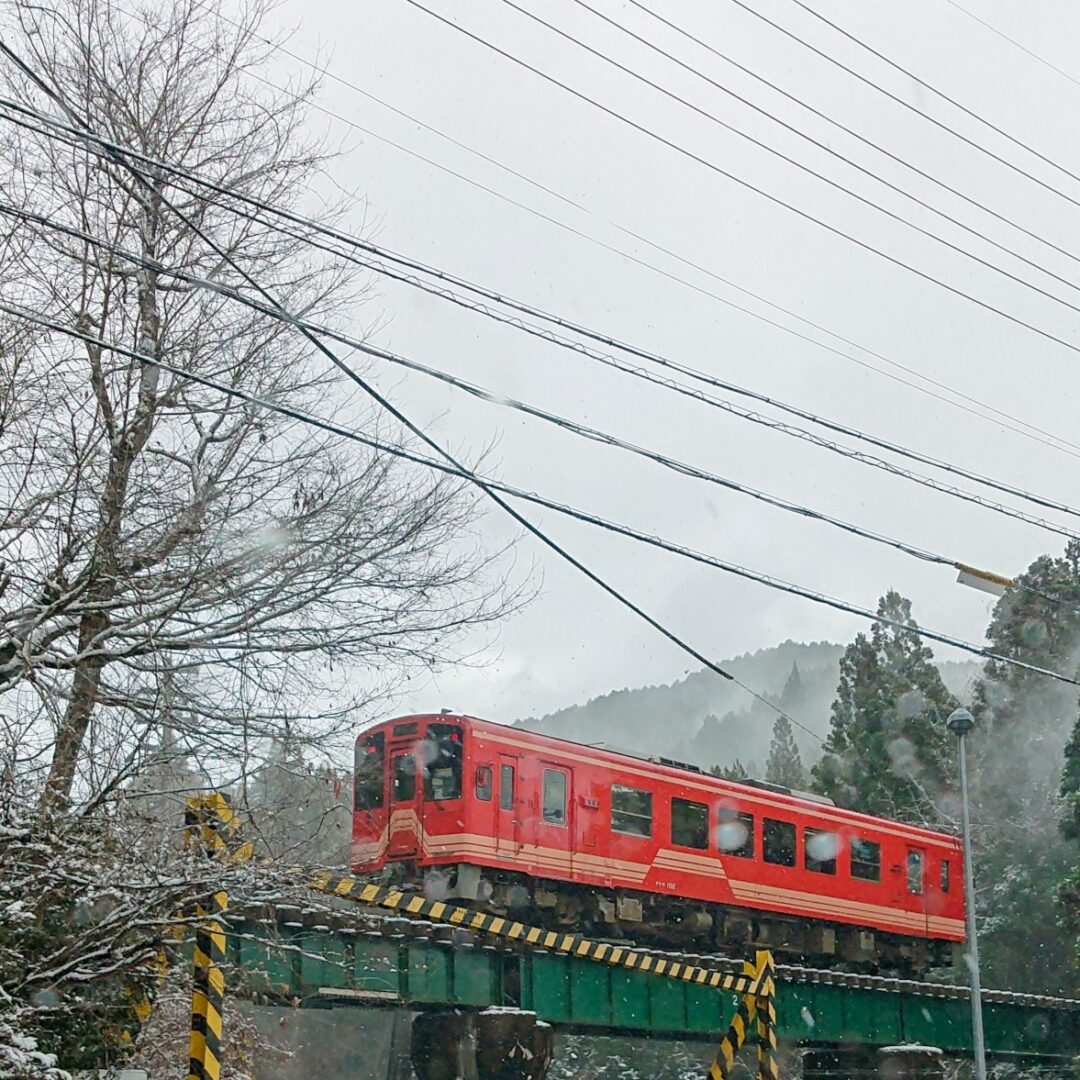
22. Shikoku Cable (Kagawa & Tokushima Prefecture)
ケーブル1-e1669167110127.jpg)
23. Yagan Railway (Tochigi & Fukushima Prefecture)

